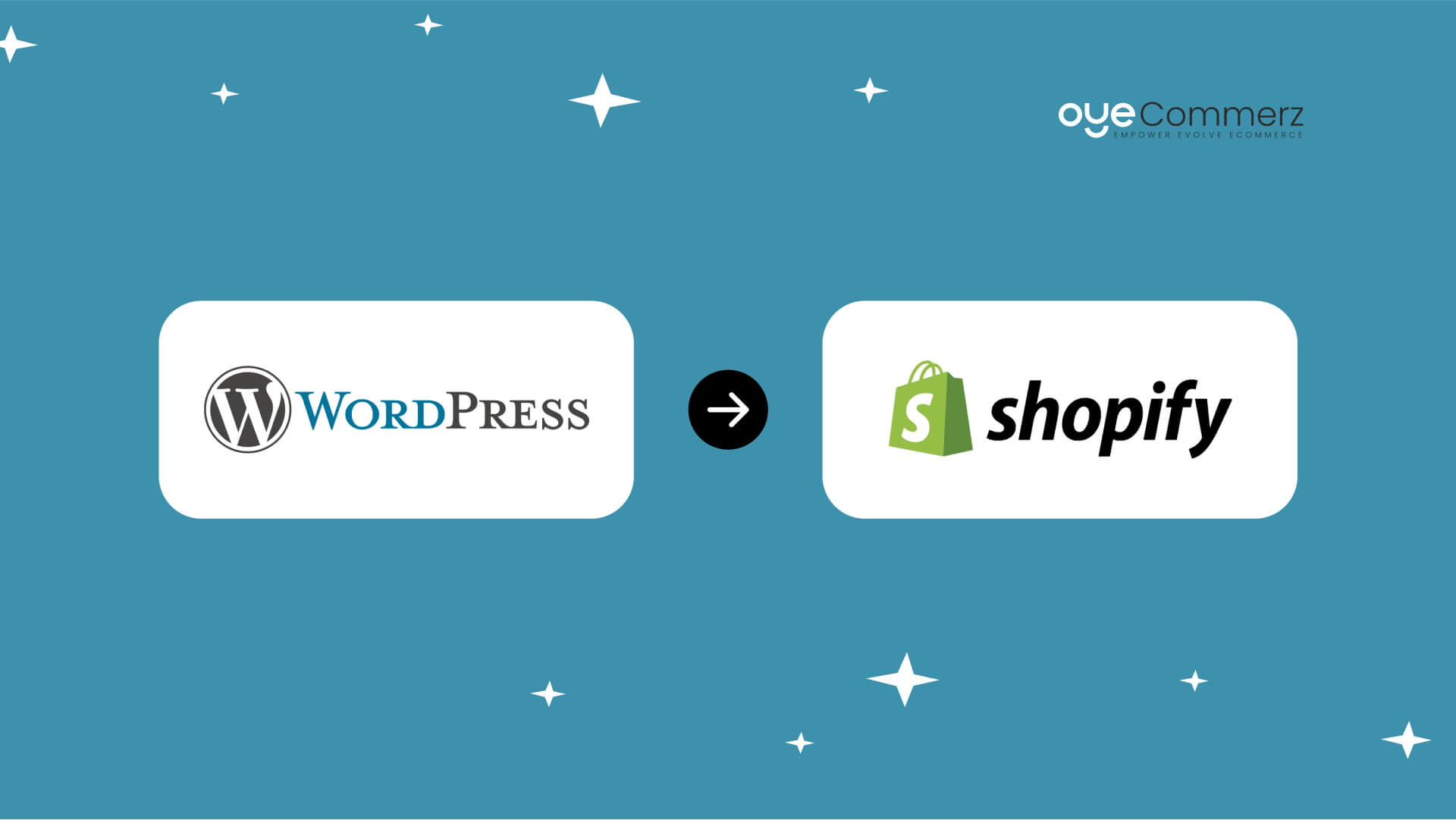The journey of an e-commerce business hinges on its ability to adapt, grow, and provide exceptional customer experiences.
Considering a move from WordPress to Shopify? You’re probably seeking advanced features, better scalability, and a forward-thinking platform.
This guide outlines the essential steps, strategies, and insights to ensure your migration to Shopify is successful and disruption-free.
Reasons to Transition from WordPress to Shopify
Although WordPress is highly adaptable, managing e-commerce through plugins can hinder seamless growth.
Shopify is designed specifically for online retail, offering powerful tools, security, and scalability to fit businesses of any size.
As of 2024, Shopify powers over 4.5 million online stores worldwide, solidifying its position as a leader in e-commerce.
Switching to Shopify can unlock benefits in payment integrations, mobile optimization, and order management.
This is your detailed plan for a successful migration journey.
Step 1: Assess Your E-Commerce Needs
Begin with a detailed assessment of your store’s strengths, weaknesses, and goals.
Pinpoint challenges such as reliance on plugins or suboptimal page speed that restrict growth.
With tools like Shopify Payments and flexible themes, Shopify minimizes the need for external plugins.
Step 2: Develop a Detailed Migration Strategy
Without proper planning, your migration might result in errors or unnecessary business interruptions.
To minimize risks, prioritize critical components such as customer records, product catalogs, and transaction data.
Utilize Shopify’s migration features and compatible apps to ensure safe data transfer and minimal disruption.
Step 3: Customize Your Shopify Store
Create a brand-consistent shopping experience using Shopify’s versatile customization tools.
Select or customize themes from Shopify’s library to improve customer interactions.
Explore themes like “Impulse” and “Prestige” for responsive, feature-rich options.
If you’re an enterprise business, Shopify Plus customization takes your branding to the next level.
Oyecommerz provides expert Shopify Plus customization services to elevate enterprise branding.
Step 4: Migrate SEO Settings
A successful migration includes retaining your existing SEO structure to avoid losing search engine rankings.
Shopify tools enable redirection of old URLs to new ones, safeguarding existing traffic.
Optimize metadata and link to Google Analytics for seamless SEO tracking on Shopify.
Studies show that overlooking SEO during migration often leads to a drop in site traffic.
Step 5: Leverage Shopify’s App Ecosystem
Unlock advanced features for your store with Shopify’s rich selection of apps.
Enhance customer retention with tools like Klaviyo and Yotpo designed for email and review management.
Oyecommerz offers Shopify API services to integrate advanced tools and streamline processes.
Let Oyecommerz connect third-party solutions to your Shopify store for smoother operations.
Step 6: Optimize for Mobile Users
In 2024, mobile devices account for nearly 60% of online transactions, making optimization essential.
Every Shopify store enhancements Shopify theme is built to adapt seamlessly to different screen sizes and devices.
Shopify’s payment options, like Shop Pay, offer a quick and frictionless checkout experience.
With optimized navigation and fast loading times, your store can thrive in the mobile-first era.
Step 7: Prepare Your Team for Shopify
While Shopify’s interface is user-friendly, training your team ensures a smoother transition.
Familiarize your employees with Shopify’s dashboard, product management, and reporting functions.
An informed team will help you leverage Shopify to its full potential, streamlining operations.
Step 8: Verify Store Readiness Pre-Launch
Before going live, perform comprehensive testing to identify and fix any issues.
Ensure that all links work, redirects are in place, and product listings are correct.
Simulate purchases to confirm your store’s payment methods and checkout flow are problem-free.
Testing ensures your store is customer-ready, leaving no room for errors on launch day.
Step 9: Launch with a Marketing Push
A successful migration is a great opportunity to engage and excite your audience.
Use email campaigns WordPress to Shopify features and social media to inform customers about the benefits of the new platform.
Showcase features like faster load times and a secure checkout to build trust and excitement.
Conclusion: Empower Your Business with Shopify
Migrating from WordPress to Shopify is more than a technical change—it’s a transformative step for your business.
Shopify’s robust tools, scalability, and seamless integrations create an ideal platform for growth.
From small businesses to large enterprises, Shopify provides tailored solutions for all e-commerce needs.
Rely on Oyecommerz for expert guidance throughout your Shopify migration journey.
Trust Oyecommerz to make your migration stress-free and maximize your store’s capabilities.
Ready to elevate your e-commerce strategy with Shopify? Let’s discuss your journey to success.
